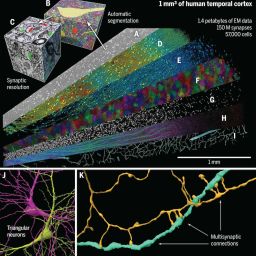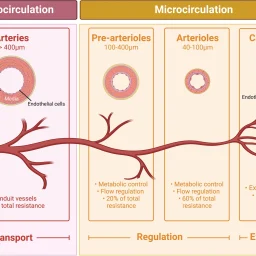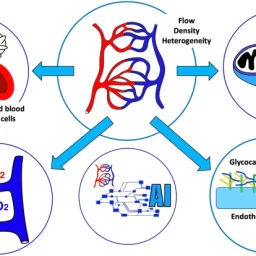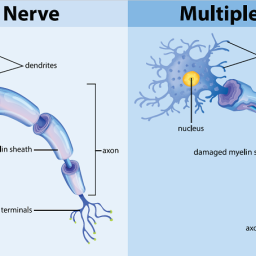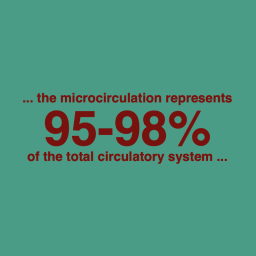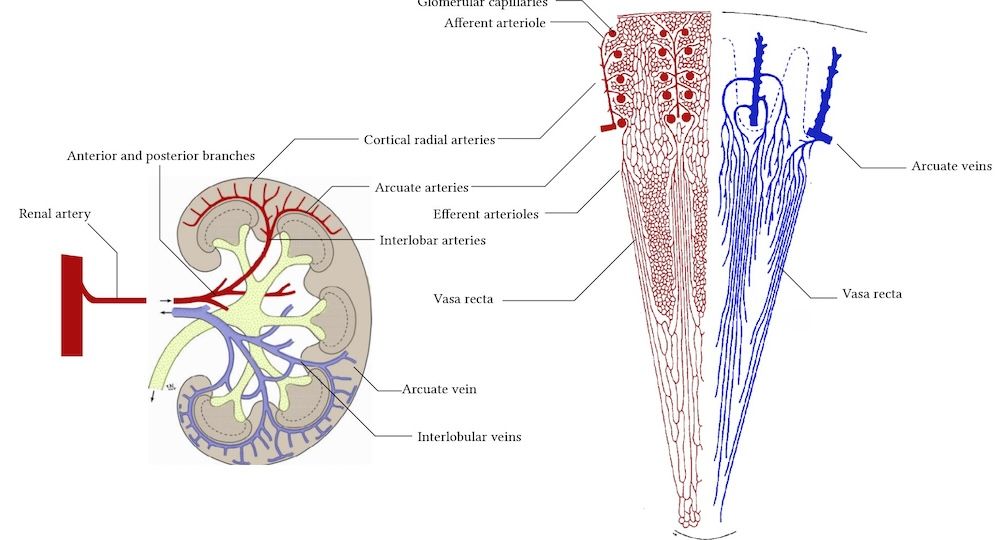
The Importance of Microcirculation in Tissue Oxygenation and Homeostasis
Microcirculation, consisting of small blood vessels less than 20 µm in diameter, plays a pivotal role in oxygen transport, solute exchange, and immune regulation. Dysfunction in microcirculation is a hallmark of conditions like sepsis, shock, and renal compromise. With the development of hand-held vital microscopes (HVM), clinicians can now monitor microcirculation in real-time, uncovering its role in critical illness.
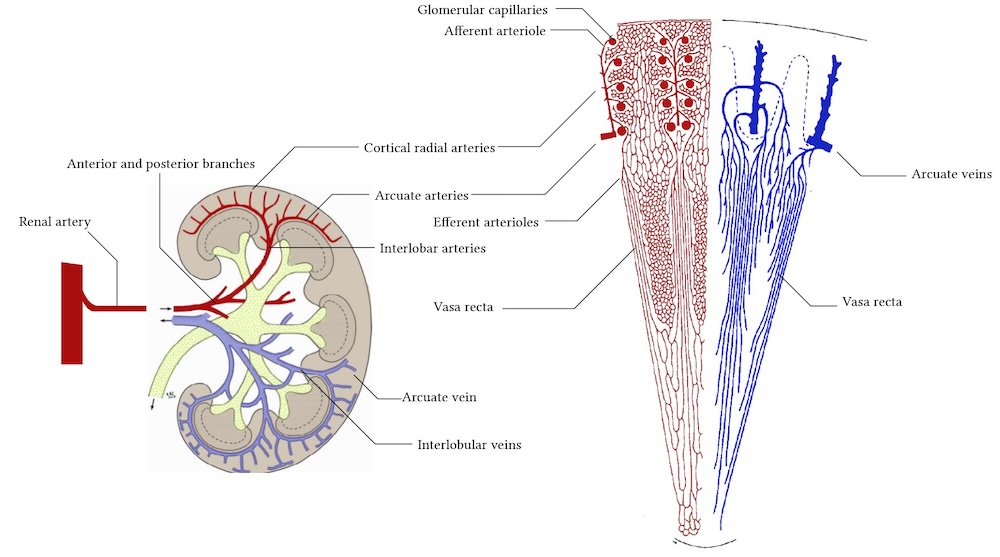
Modern tools like MicroTools allow bedside analysis of microcirculatory parameters, guiding therapies beyond standard hemodynamic monitoring. Research shows that microcirculatory alterations are independent predictors of poor outcomes in shock and sepsis, even when systemic blood pressure appears stable.
Understanding microcirculatory dysfunction has shifted focus toward targeted resuscitation—optimizing red blood cell (RBC) perfusion through fluids, vasodilators, and oxygen-based interventions. These strategies are being explored in heart failure, kidney disease, and other chronic conditions.
Overall, microcirculation has emerged as a vital clinical target. By prioritizing oxygen delivery at the cellular level, patient survival and recovery may improve significantly.
Read the full study: https://www.ncbi.nlm.nih.gov/pmc/articles/PMC7114900/

